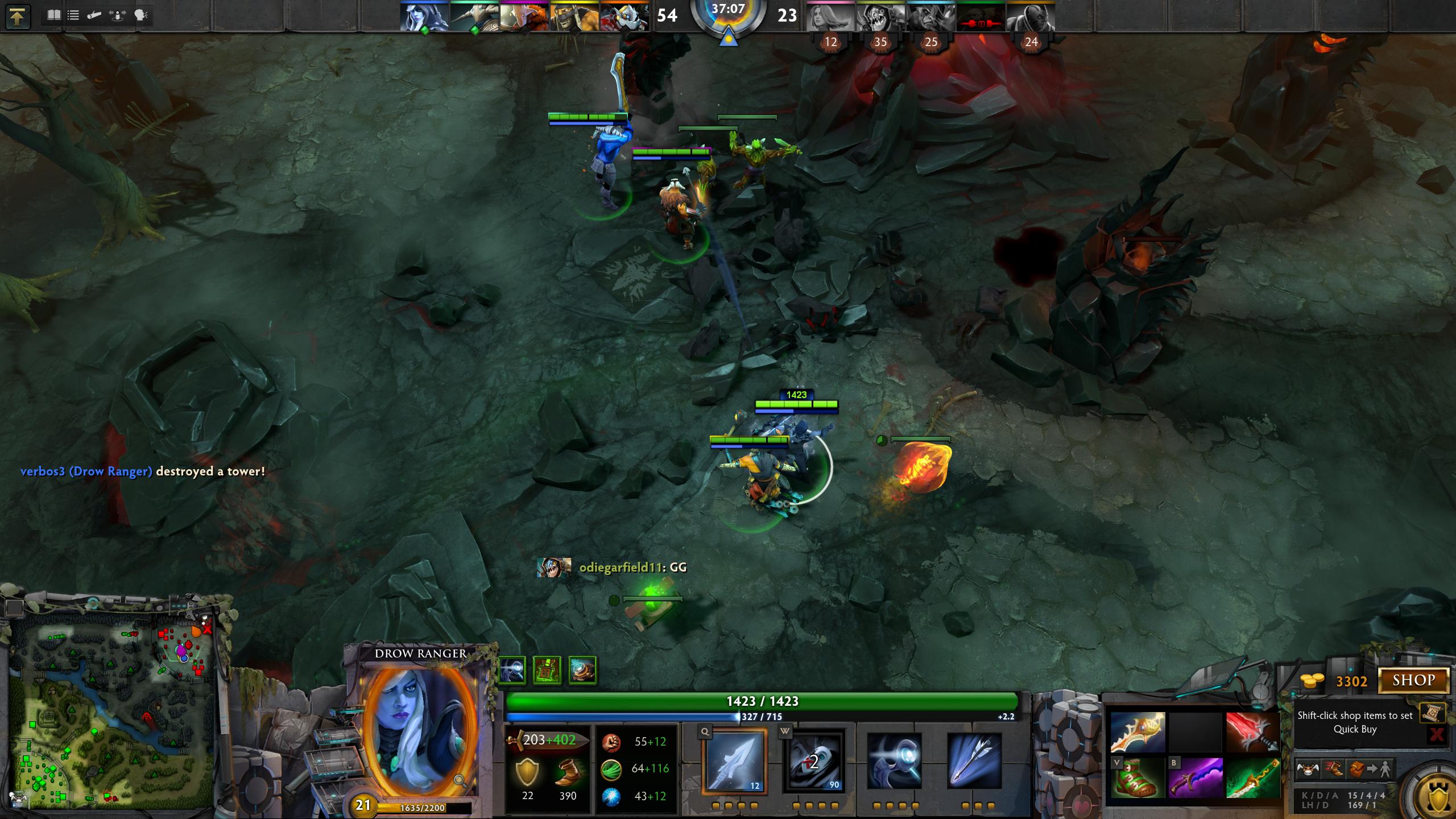
Remember that one time where I managed to get a Divine Rapier as Drow in a public game? Good times, good times.
Hi. My name is Benny Ling, and by the time you read this, it will have been a week since the last time I played badly in DotA 2.
It might not be the end of semester (at least not for me, thanks to some fortuitous mechanism), but once again I find myself playing games when I should be doing something else. I’ve dipped my toes into the world of Los Santos in GTA V, I’ve wandered through the tall grass in Pokémon X, and I’ve fed the opposition in highly-strung matches of DotA 2.
I remember it almost as if it were yesterday, even though it was actually 29 days ago. I was playing Faceless Void, and for those who aren’t familiar with DotA, Faceless Void is what they call a “hard carry” — that is, he can carry the game, but only if he gains a significant advantage in terms of gold (and therefore items). Faceless Void has this really cool ultimate ability called Chronosphere which temporarily stops time within a sphere, where only he can move around — once you get the right items, you can do some real damage to the opposition who were unlucky enough to be caught in your Chronosphere.
But hard carries, by their very nature, are incredibly easy to kill right up until the point when they get their items. Think of them like a Magikarp before the awe-inspiring Gyrados — the Magikarp has essentially no defences, and no real attacks. Almost any Pokémon can KO a Magikarp, but it takes a much stronger Pokémon to take down a Gyrados, the evolution of Magikarp.
It was in that fateful game that I experienced, first-hand, how tough the DotA crowd can be. We lost that game, of course, but it was honestly the second time I had played Faceless Void in a public game. I did OK the first time I played (well, we won that match, anyway, and I was 9/9/6 in terms of kills, deaths, and assists), but what I’ll always remember is the abuse I copped because I played badly. Some of it was my fault — like the time I managed to trap an allied hero in a Chronosphere and get him killed — sure, but the team as a whole was doing pretty badly. Only two heroes out of five had any kills at all, and by the time our ancient fell, the numbers weren’t exactly pretty.
As much as I deserved some of the comments — “Faceless doesn’t even have boots” — I was made to feel as if I was the sole reason our team was losing, when it was really our shared fault. Two other heroes had died more times than I had, so I could hardly be blamed for our eventual loss, right?



